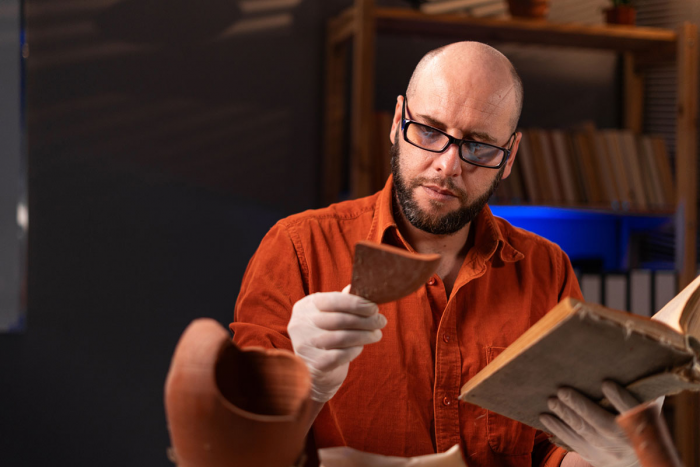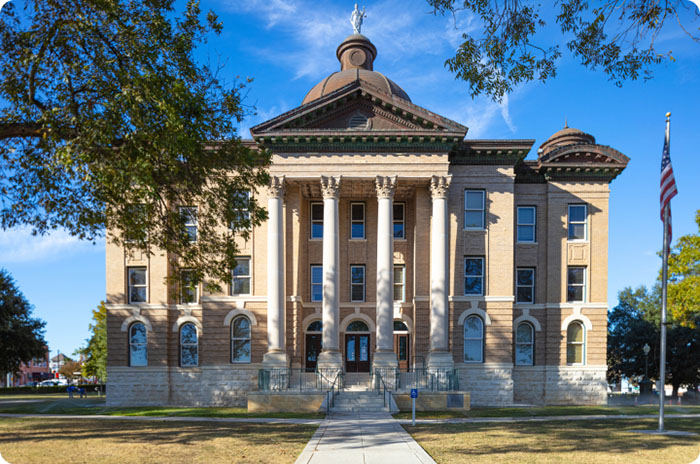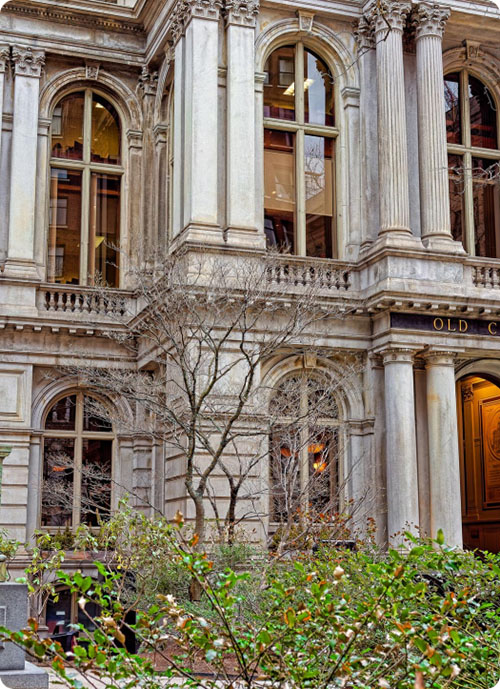5 Fascinating Facts Historical Preservation Jobs

If you’re passionate about history and preserving our nation’s diverse historical resources, a career in historical preservation might be the perfect fit for you. The preservation field offers a wide range of opportunities that combine the past with the present, ensuring that our cultural heritage remains intact for future generations. Whether you’re interested in becoming a historic preservation planner or working as a site manager at landmark places, the field is diverse and offers rewarding career paths. Here are five fascinating facts about historical preservation jobs to guide you as you explore this fulfilling profession.
- ⇀ 1. Historical Preservation Has a Significant Economic Impact
- ⇀ 2. Creative Jobs Thrive in Historic Districts
- ⇀ 3. Historical Preservationists Perform a Wide Variety of Tasks
- ⇀ 4. The National Park Service: A Leader in Historic Preservation
- ⇀ 5. Many Opportunities Exist for Students and Young Professionals
- ⇀ Conclusion
1. Historical Preservation Has a Significant Economic Impact
One of the most exciting aspects of historical preservation is its economic influence. Each year, millions of dollars are invested in preserving historic sites nationwide. In New York alone, over $800 million is dedicated annually to restoring historic buildings, which creates around 9,000 jobs. This level of investment helps preserve cultural and historical sites and stimulates local economies by providing over $500 million in paychecks.
Employment opportunities extend beyond saving buildings for those in the preservation field. Cities and towns benefit from this work, as restored historic districts often attract tourism, boost local businesses, and increase property values. A preservation planner might work with city officials or urban planning teams to ensure that new development integrates well with existing historic neighborhoods, balancing modern needs with preserving history.
Jobs in historical preservation often include project management, urban planning, and architectural design, making it a field that contributes significantly to both the economy and community enhancement. This field offers a dynamic and impactful career for anyone passionate about contributing to cultural heritage and local development.

2. Creative Jobs Thrive in Historic Districts

Another fascinating fact about historical preservation jobs is their strong connection to the creative economy. Historic districts are magnets for those working in creative industries, such as artists, designers, and writers. These professionals are drawn to the unique character of older buildings, believing that the rich history and distinct architecture foster creativity. For example, artists might seek out studios in restored historic warehouses, while designers prefer working in spaces that reflect the craftsmanship of past eras.
As a historic preservationist, you play a vital role in maintaining these spaces, enabling creative industries to thrive. Preserving landmark places supports the sustainable use of resources, offering an environment where creativity and history coexist. Whether you’re a student interested in architecture or someone who values preserving human history, you’ll find that working in historic districts connects the past with the creative future.
Historic preservationists are often responsible for balancing the needs of modern clients with the integrity of historic buildings. This requires architecture, design, and risk management skills, as they must ensure that the restoration projects comply with safety and security standards while retaining historical accuracy. Many professionals in related fields, such as urban planners, architects, and conservators, collaborate on these projects to ensure a successful and historically respectful outcome.
3. Historical Preservationists Perform a Wide Variety of Tasks
A career in historical preservation involves much more than restoring old buildings. Preservationists take on a wide variety of tasks that span multiple disciplines. The responsibilities are diverse, from developing public education campaigns to managing logistics for preservation exhibits. Depending on the position title, you might work as a site manager for a historic property, overseeing restoration efforts or handling the day-to-day operations of a historic site. The position description for many preservation roles includes restoring damaged artwork, developing risk management procedures for historic sites, and creating proposals for preservation projects.
Historical preservationists often collaborate with tribal and indigenous peoples to ensure that sacred sites are properly respected and preserved. This work underscores the cultural importance of these sites and highlights the necessity of tribal consultation in preservation efforts.

Opportunities also abound in the public sector. The National Park Service, one of the largest employers of historical preservationists, offers full-time positions ranging from managing historic sites to conducting research and writing journal articles. If you’re a student interested in gaining experience, internships through organizations like the National Trust for Historic Preservation provide valuable insight into this field’s position descriptions and challenges.
4. The National Park Service: A Leader in Historic Preservation

The National Park Service (NPS) is the largest public sector employer of preservationists. With hundreds of national historic sites and landmarks under its care, the NPS plays a crucial role in preserving the nation’s diverse historic resources. Preservationists working for the NPS can find employment opportunities in areas such as developing educational programs, conducting research, managing historic sites, and even editing and writing publications related to historic preservation.
As a site manager with the NPS, you might oversee the restoration and maintenance of some of the country’s most significant historic places. Positions within the NPS allow professionals to work with nationally important landmarks, contributing to the preservation of sites that reflect America’s cultural heritage. From Washington, D.C., to Florida and beyond, the NPS offers job postings for both full-time and temporary roles, allowing preservationists to work in diverse locations and environments.
For those just starting their careers, internships and temporary positions within the NPS or related fields provide excellent opportunities to build your resume. You’ll gain valuable skills in historical research, project management, and public engagement, all of which are crucial to a successful career in preservation.
5. Many Opportunities Exist for Students and Young Professionals
If you’re a student or young professional interested in historic preservation, numerous programs and employment opportunities are available to help you gain experience. Programs like Hands-On Preservation Experience (HOPE) allow young adults to get hands-on experience rehabilitating historical sites, while internships with organizations like the National Trust for Historic Preservation or the Advisory Council on Historic Preservation provide valuable training in the preservation field.
For those seeking more advanced career opportunities, pursuing degrees in related fields such as architecture, urban planning, or history is often an essential qualification for higher-level positions. Many professionals also advance to leadership roles, such as associate directors of preservation organizations or directors of preservation at large nonprofits.

In addition to internships and training programs, young preservationists can connect with industry professionals at conferences and through membership organizations, such as the Trust for Historic Preservation. These networks are invaluable for building your career and finding full-time employment.
Conclusion
A career in historical preservation offers a unique opportunity to make a lasting impact by protecting cultural heritage, fostering sustainable use of resources, and supporting economic growth. Whether restoring historic sites, working with indigenous peoples to protect sacred places, or managing a preservation project in your city, this field provides meaningful work that bridges the past and the present. With employment opportunities available through public and private organizations, the preservation field offers a fulfilling and diverse career path for those passionate about history and preservation.






















